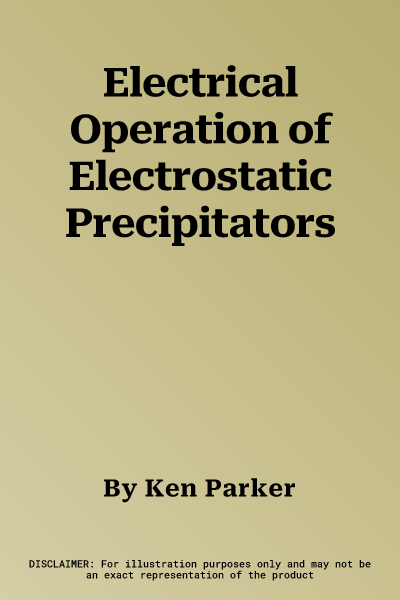Ken Parker
(Author)Electrical Operation of Electrostatic PrecipitatorsHardcover, 7 February 2003

Qty
1
Turbo
Ships in 2 - 3 days
In Stock
Free Delivery
Cash on Delivery
15 Days
Free Returns
Secure Checkout

Part of Series
Energy Engineering
Part of Series
Iee Power and Energy
Print Length
284 pages
Language
English
Publisher
Institution of Engineering & Technology
Date Published
7 Feb 2003
ISBN-10
0852961375
ISBN-13
9780852961377
Description
Product Details
Author:
Book Format:
Hardcover
Country of Origin:
GB
Date Published:
7 February 2003
Dimensions:
23.39 x
15.6 x
1.75 cm
ISBN-10:
0852961375
ISBN-13:
9780852961377
Language:
English
Location:
Stevenage
Pages:
284
Publisher:
Weight:
580.6 gm